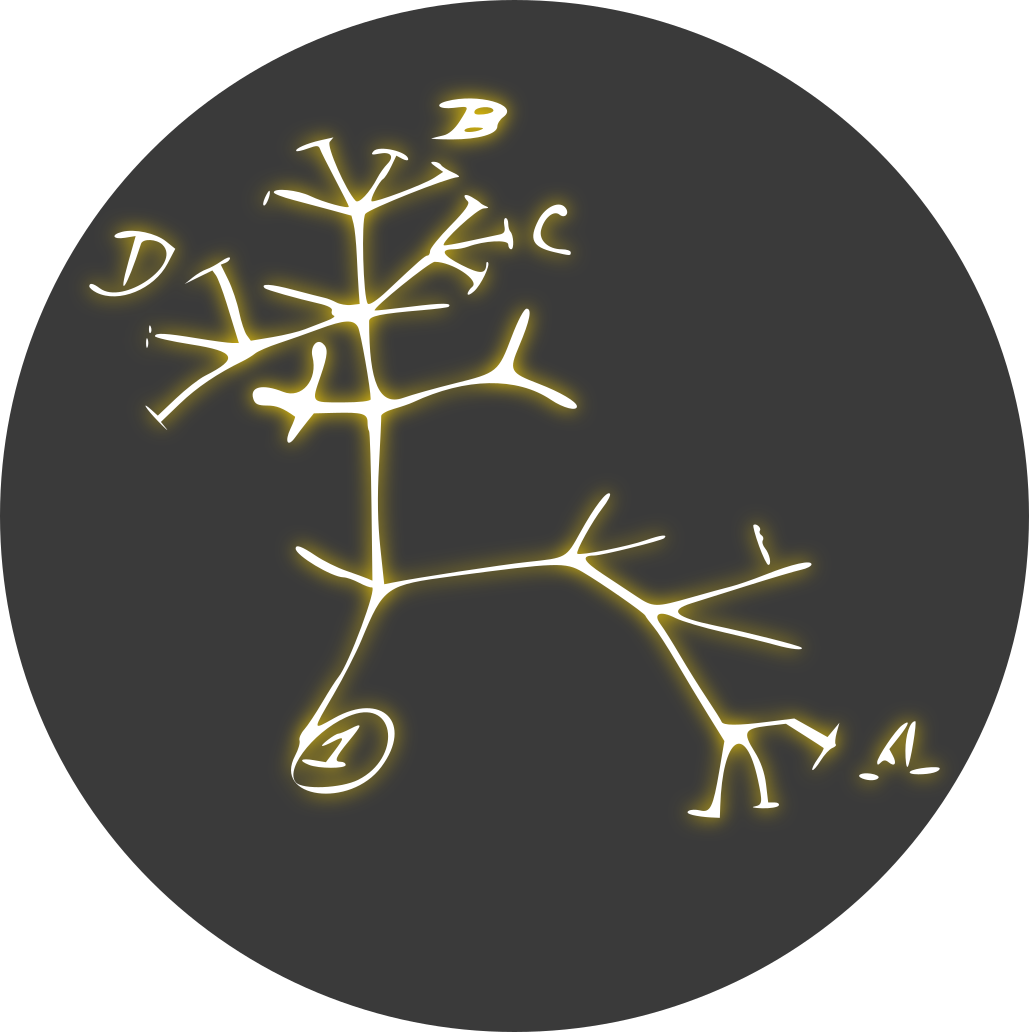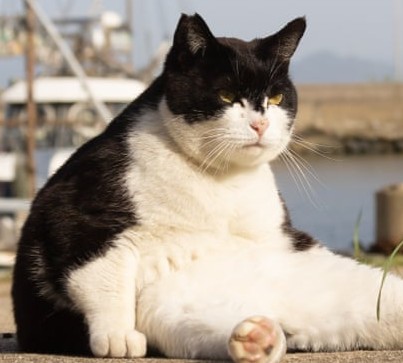- cross-posted to:
- spiders
What would large-scale production look like? Consumer clothing? Could we get $20 silk shirts eventually? I think most the reason plastic fibers are so prevalent is because their cheap. People would definitely flock to nicer feeling clothing if it was the same price.
I couldn’t seem to find it in the article, but I hope it wasn’t like I previously saw: silkworms being boiled alive en masse
High-strength and ultra-tough whole spider silk fibers spun from transgenic silkworms
The worms still get killed though not en masse… yet.
it doesn’t seem so. this would be effectively much stronger, more expensive silk. but maybe it can be produced in very large quantities
Working at the silk-spider farms sounds both 70s Sci-Fi and something my parents would have threaten me with if I dind’t do my homework.
Pretty sure the goal is to replace fibers in composite high tensile strength engineering materials. Not for everyday clothing.
Next, find a way to make them leave cocoon intact for better yield, then breed the moth so they don’t have to modify the next generation.
I also find this quite funny.
but when he saw the silkworms’ eyes glowing red under the fluorescence microscope—a sign that the gene editing had been successful
Eternally juvenile silkworms, the seedless grape of the fabric industry.
Very interesting. But note that toughness is not a very meaningful metric for fibers. Nobody is wearing kevlar or dyneema clothes.
Given that silk is already established but fairly nich, I assume the same will happen for this fibre. Maybe it can replace kevlar, I don’t know enough to say if that is realistic. Thermal stability will not be nearly as good, stiffness is unknown. Anyone got deeper insights?
If looking at strength alone, maybe everyday clothing can be made with less material… maybe.
Will have to wait and see if it can be made at industrial scale.
We are probably near the minimum already, at least in terms of area/volume (rather than mass). Too few fibers and you’re wearing a mesh net, and not a tee-shirt.
I wonder how it’ll compare to the open source spider silk yeast being worked on the by the thought emporium guy




